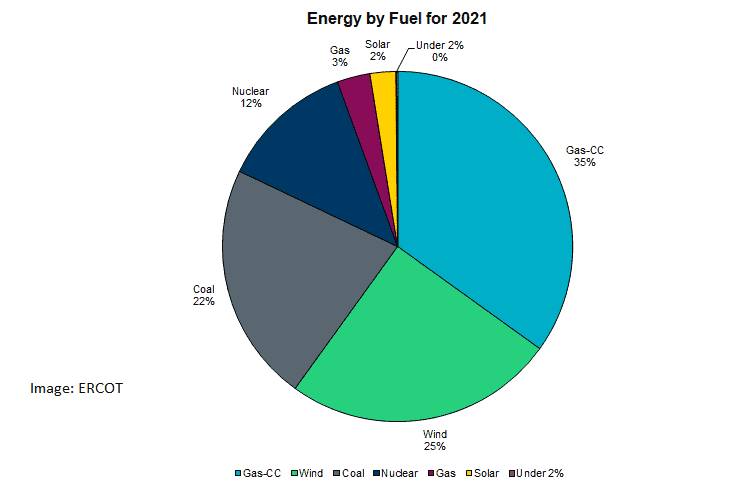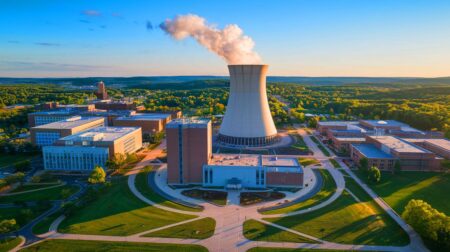It was sunny and the temperature rose above freezing late Tuesday in Houston, the energy industry hub of the United States and its fourth-largest city. But it wasn’t expected to last during a record-breaking cold snap that has shut off power and heat to 4 million people across Texas, some of them for days.
For perspective, that’s roughly a third of the entire state population, according to online outage tracker PowerOutage.US, and most of them are still waiting in the dark in frigid temperatures that reached minus 19°C or more.
They’re also wondering how this could happen: the unheard-of cold, the snow, the ice storm, the massive outage.
It’s Texas, where the oil and gas industry – at least by some estimates – accounts for up to a third of the state’s economy. Everyone knows it’s common for Texas leaders and their constituents to defend the fossil fuel industry. So it was something of a shock to hear from Gov. Greg Abbott and Texas utility regulators that much of the failure was because of inoperable natural gas wells, frozen lines and inaccessible facilities.
Not renewables.
Texas leads the U.S. in wind energy production with roughly 25 percent of its own power coming from wind sources. That’s according to the Electric Reliability Council of Texas (ERCOT), which controls the electrical grid in the state’s unusual and isolated system: Texas has preferred energy autonomy and has minimal connections to other main systems serving the U.S.
When the power went out, sources including Fox News reported that unreliable renewables were the cause of an energy failure that idled millions in the life-threatening cold. These reports echoed quickly among U.S. politicians and business groups who favor fossil fuels, including the oft-touted “bridge fuel” of natural gas instead of (or in the transition mix to) clean energy sources.
And the truth is that Texas, in its own 2021 projections published last week, still relies on natural gas-powered electricity generation for 35 percent of its needs. (It also burns coal for 22 percent while using just 12 percent of nuclear power in its mix.) Choices had to be made about how to allocate natural gas resources also needed as a heating fuel. When the equipment, transport and other weather-related challenges prevented natural gas supply and delivery, the grid went down.
Not just their grid, either. The cold is widespread, and at least 14 states were affected by the natural gas depletion by Monday night. Houston shut its critical shipping channel. Refineries across the Gulf of Mexico energy region closed. Meanwhile, back in Texas, wind energy was affected because of the brutal cold too. Some turbine equipment is not designed for weather rarely seen outside northern climes. In Texas, most are not.
To their credit, many Texas authorities have sought to be transparent about the truth and avoided politicizing an energy catastrophe that still has millions of their neighbors in the dark. Gov. Abbott has called for an investigation and insisted on long-term solutions, albeit while blaming ERCOT as being “anything but reliable over the past 48 hours.”
Two days. But those two days are fueling a storm on U.S. energy policy that will likely last far longer, even as the country returns to the Paris Agreement on climate and moves toward elements of a Green New Deal. The Texas crisis isn’t over and it won’t be until there are viable energy-transition answers to the painful questions it forces about renewables, and when and how we leave fossil fuels behind.
“Especially with climate change, the past is no longer a good guide to the future,” says energy expert Jesse Jenkins of Princeton University. “We have to get much better at preparing for the unexpected.”
Did you like it? 4.6/5 (24)









